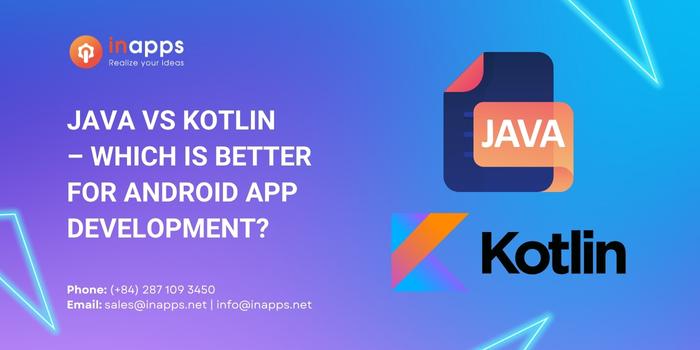Java vs Kotlin – Which to use for Android app development?
Android app development has become a regular trend to boost your business, but the main factor deciding whether it’ll be a success or not is the programming language used.
For a larger number of people, Java is the best option because it is easily available. But, the introduction of Kotlin in the scene reduced developers’ confidence in Java.
According to many sources, it could be said that Google didn’t have many benefits sticking to Java for Android. Hence, jumping to Kotlin seemed the best option.
Taking this into the notice, let us look at the important points.
Android required calculative and to-the-point to show new ideas to execute them in Kotlin’s modern language. A language that focused more on security and had better reliability was required.
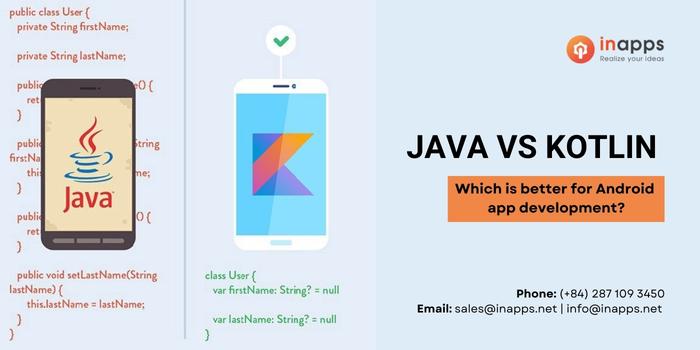
Java vs Kotlin
What is Java?
Java is a common programming language that is class-based, object-oriented and designed to have as few implementation dependencies as possible.
Java is the most powerful language and supports the development of multiple software applications operating systems and new programming languages. Its outstanding superior performance is its features.

Pros
- Java is multiplatform and works practically on any device, server, or operating system.
- Java has strong security measures which makes the chance of memory corruption very low. Also, Java has a good coding base which makes it strong.
- Creating Modular Applications in Java is very easy, and since it has features like reusability, it makes the code even stronger.
- Java has the power of using third-party code to make writing codes easier.
- Java is fairly simple to handle and removing bugs becomes easier compared to Kotlin.
- The standards of safety in Java are of higher quality than in Kotlin.

Cons
- The syntax seems difficult to understand compared to languages like Python or C++.
- In Java, some content may not be accessible to the user since it could be unfit for the device.
- The accessibility of advancements in mobile development is not an easy task.
- It has been noticed that Java has some issues with API design in Android.
- Development in Java is mostly test-driven, requires the user to write more code, and has a higher probability of bugs and errors.
- Java is a tad slower than other languages and requires a good share of the device’s memory.
Major Projects in Java:
- Uber
- Spotify
- Netflix
- Airbnb
What is Kotlin?
Kotlin arrived on February 16 2016 and it was launched by JetBrains. Kotlin is a statically typed open-source programming language that runs on JVM and an official language for developing android applications. Kotlin gets fragmented into Java byte code for further compiling which caught the eye of a lot of Android Developers. There are a lot of features that make Kotlin different from Java.
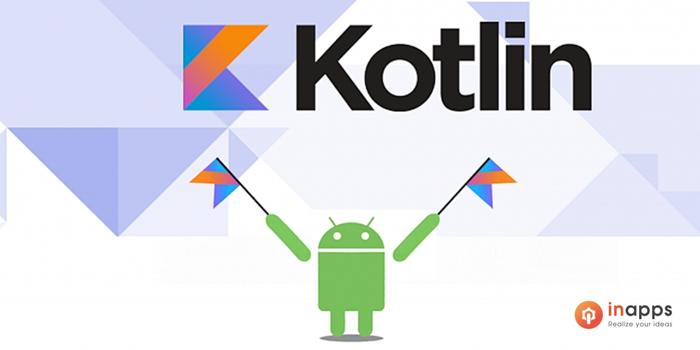
Pros
- Kotlin Application Development takes very less time for compilation, is lightweight, and prevents applications from taking up more space.
- The codes written in Kotlin are smaller in size, meaning that it will have fewer bugs and will make debugging faster.
- A bytecode, which is compiled by Kotlin, can be executed with JVM. Thus, the libraries and frameworks from Java can be made to run in a project based on Kotlin.
- Kotlin script is used for configuring projects in Android Studio for auto-completion aids, and also reduces error detection time during compilation.
- Kotlin is very much secure against NullPointerException.
- Kotlin incorporates coroutines, as well as interoperability with Javascript for web development.
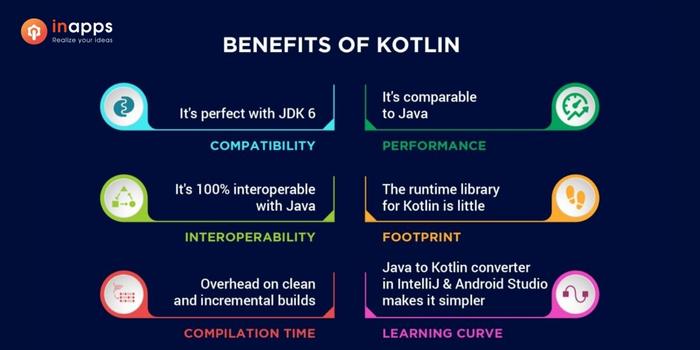
Cons
- Kotlin is not very well established. Therefore, the developer community is less in numbers compared to famous programming languages.
- Kotlin matches weak patterns, making reading the code very complex.
- Since Kotlin is newer compared to Kotlin, it has a smaller user base and support community.
- Kotlin’s steep learning curve and switching teams are because of language’s strict syntax can be difficult.
Many few Kotlin developers can be seen in the market. So, finding a person experienced in Kotlin is a big challenge.
Major Projects in Kotlin
- Trello
- Evernote
- Twidere for Twitter
- Shadowsocks
- Kickstarter
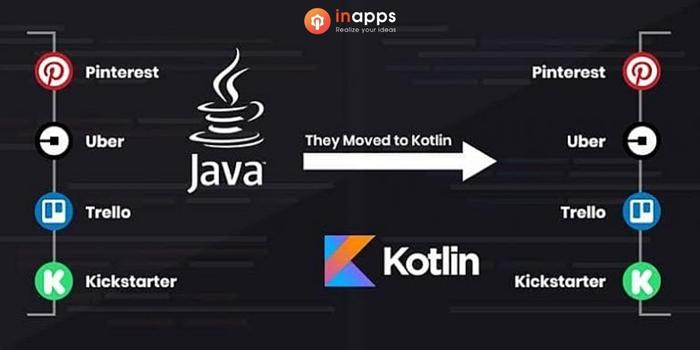
Java vs Kotlin – Which is better?
Java’s Edge over Kotlin
1. Checked Exceptions: Number one is that Java has checked exceptions simultaneously as Kotlin doesn’t observe small package effects within the end that require exception specifications which could each enhance developer productivity and enhance code satisfaction. Without them, productivity was observed to significantly reduce with no improvement in code quality.
2. Non-Private Fields: Encapsulation is vital in any program for attaining a proper degree of maintainability by encapsulating an item’s illustration.
It is frequently enforced how callers engage with it, furthermore, it’s possible for illustration to vary without the need to transfer callers, furnished most people API stays unchanged in non-personal fields or public fields.
In Java, there are many useful scenarios where the colors of the things change according to the representation. Its approach to such fields divulges the illustration of the factor to the callers, Kotlin doesn’t have non-personal fields.
3. Static Members and Static Methods: Now. in android development, things are moving quickly from Java to Kotlin and one of the maximum crucial troubles faced by the developers when shifting from Java to Kotlin is creating a static technique because, in Kotlin, there’s nothing static.
Yes, you heard it correctly! Kotlin doesn’t have a static keyboard if you’re an android developer and in case you’re keen on making android programs in Java then you want to have used static keywords.
In your software, to shape a few static variables and static strategies, static variables belong to a category and not its instance is equivalent to static techniques.
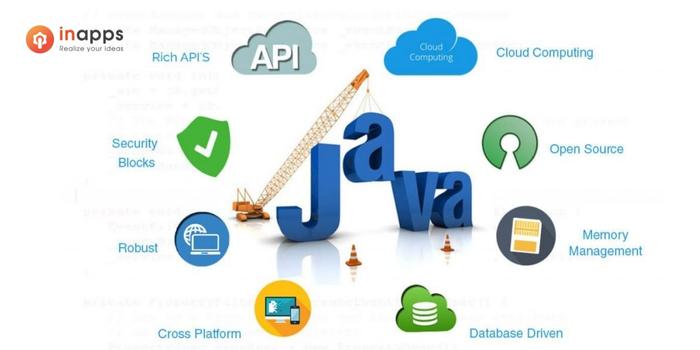
4. Primitive Types: These are the building blocks in Kotlin. In other words, all arrangements that you see in Kotlin are derived from Primitive Types. Hence, Primitive Types have high efficiency in terms of processing time as well as the memory occupied.
5. Ternary Operator Support: Java has the availability of this support that helps in reducing the length of the code. In simple terms, Kotlin doesn’t enjoy this freedom. Now, without the support of static methods and ternary operator, you will face some troubles during the time of development.
Kotlin’s Edge Over Java
1. One of the most commonplace pitfalls in lots of programming languages such as Java is that gaining access to a member of a null reference can end in a null reference exception.
2. In Java, this could be the equal of a null pointer exception for a brief courtroom lands time machine is aimed to do away with the null pointer exception. From our code, not simplest this, however, the sole possibilities of npe can also be a selected call to via null pointer exception or the usage of exclamatory or now not-operator next is that the separate interface for the readable and mutable collection.
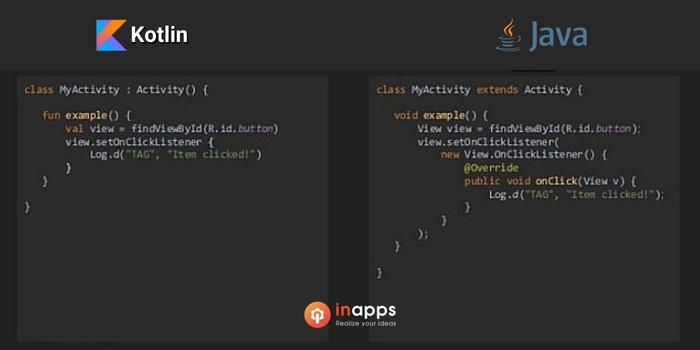
Kotlin-vs-Java
3. The Kotlin library offers conventional interfaces, training, and functions for developing, populating, and coping with collections of any type. The amassing interfaces and related capabilities are positioned in Kotlin. The Kotlin well-known library collections bundle offers an implementation for basic collection kinds sets, lists, and maps.
Wrapping Up
In 2022, the competition between the programming languages will get even stricter. Taking Java vs Kotlin into account, both have their fair share of advantages and disadvantages.
But the timing is just too early to accept that Kotlin will take over Java in 2022. The user community that Java enjoys is very large compared to Java and isn’t going to be replaced shortly.
Businesses need to pick an Android App Development corporation that holds information in both Java and Kotlin instead of concentrating and proscribing themselves to a Java or Kotlin Android software improvement agency.
For most, Kotlin’s strengths outweigh the language’s setbacks. There are definite limitations within Java that impede Android API design. Kotlin is lightweight, clean and far less verbose, especially in terms of writing callbacks, data classes, and getters/setters.
Why Kotlin over Java?
Kotlin is an open-source programming language often pitched as a Java replacement; it’s also a “first-class” language for Android development, according to Google. Kotlin, on the other hand, is streamlined, with some great features, and comes with a solid library. Due to this, it seems that Kotlin is replacing java in 202.
You can start with Kotlin without having any knowledge of Java. You can find many resources on the internet to learn Kotlin. You can comparatively find fewer examples of codes in Kotlin than in Java.
Kotlin is not hard to learn. Kotlin is a JVM-compliant language, but it is very different from Java – you can accomplish more in very few code lines. Lesser lines of code means
- lesser code to maintain
- lesser bugs
- more productivity
Reasons for Kotlin’s popularity over java. Kotlin is more Android focused than java. Kotlin was written by the same folks who created popular integrated design environments (IDEs), so its background comes from mobile industry pros looking to solve specific problems.
About InApps
Even though we were established in 2016, we’ve completed over 200 projects for clients — each one a product of our customer-centric philosophy and industry-leading work ethic. We are glad to announce that Clutch has recognized our dedication to our work by naming us a top developer in Vietnam!
At InApps Technology, our team of highly skilled developers focuses on crafting projects that are tailored to your business needs. Our clients love that they can benefit from our outsourcing software development services and offshore development center at the same time.
From Mobile App and Web Development, UI/UX Design, and the Offshore Development Center. Technology can be daunting, but due to our versatility, we can make things work for you.
Interested in learning more about how InApps Technology can help your company thrive? Reach out to our team for more info about working with us!
List of Keywords users find our article on Google
[sociallocker id=”2721″]
| java 19 vs kotlin |
| java vs kotlin |
| kotlin vs java |
| difference between kotlin and java in android |
| android java vs kotlin |
| can i learn kotlin without java |
| is kotlin difficult to learn |
| java vs kotlin android |
| java vs kotlin for android |
| kotlin vs java which is easy to learn |
| java vs kotlin for android development |
| kotlin popularity |
| kotlin vs java performance |
| kotlin vs java android |
| android kotlin vs java |
| java learning curve |
| android development java vs kotlin |
| is kotlin hard to learn |
| android app development java vs kotlin |
| java vs android |
| java vs kotlin performance |
| android studio java vs kotlin |
| android studio vs kotlin |
| android vs java |
| why kotlin over java |
| kotlin vs java for android development |
| difference between kotlin and java |
| kotlin and java difference |
| kotlin vs java for android |
| offshore kotlin developers |
| java 17 vs kotlin |
| android app java vs kotlin |
| java vs kotlin android development |
| kotlin vs java backend |
| kotlin vs android |
| kotlin pros and cons |
| kotlin or java for android |
| android java vs java |
| is kotlin better than java |
| java or kotlin for android |
| java or kotlin for android development |
| pros of java |
| kotlin vs java usage |
| is kotlin replacing java |
| android studio kotlin vs java |
| kotlin cons |
| which is better java or kotlin for android development |
| java vs kotlin examples |
| which is better kotlin or java |
| kotlin vs nodejs |
| difference kotlin and java |
| java or kotlin |
| kotlin vs python |
| kotlin which |
| difference between java and kotlin |
| disadvantages of kotlin |
| kotlin vs java 19 |
| is kotlin frontend or backend |
| kotlin vs java for backend |
| kotlin game dev |
| android development java or kotlin |
| is kotlin faster than java |
| is java good for app development |
| android vs kotlin |
| kotlin learning path |
| kotlin vs java for android development 2022 |
| which is better java or kotlin |
| is kotlin hard |
| java versus kotlin |
| is kotlin good |
| android java or kotlin |
| android app kotlin vs java |
| kotlin vs java 2022 |
| pros and cons of kotlin |
| kotlin development agency |
| backend development with kotlin |
| difference java kotlin |
| java vs. kotlin |
| kotlin is java |
| kotlin or java |
| kotlin ou java |
| learning curve java |
| what is the difference between java and kotlin |
| offshore kotlin programmers |
| is kotlin going to replace java |
| java vs kotlin for backend |
| is java good for android development |
| android app java or kotlin |
| kotlin disadvantages over java |
| kotlin vs java 17 |
| nodejs vs kotlin |
| is kotlin good for backend |
| kotlin e java |
| can i learn kotlin without learning java |
| kotlin or java 2022 |
| is kotlin better than java for android |
| is kotlin easier than java |
| java android |
| kotlin advantages over java |
| kotlin vs java examples |
| kotlin static var |
| kotlin vs java which is better for android development |
| android kotlin or java |
| kotlin static variable |
| kotlin trend |
| kotlin pros |
| android java vs kotlin performance |
| ternary operator kotlin |
| android with java or kotlin |
| java is better than kotlin |
| java replacement language |
| can i learn kotlin without knowing java |
| kotlin vs java popularity |
| kotlin over java |
| kotlin vs java for app development |
| kotlin or java for android development |
| java vs cotlin |
| kotlin vs java code examples |
| kotlin vs java syntax |
| java vs kotlin syntax |
| what is java kotlin |
[/sociallocker]
Let’s create the next big thing together!
Coming together is a beginning. Keeping together is progress. Working together is success.




